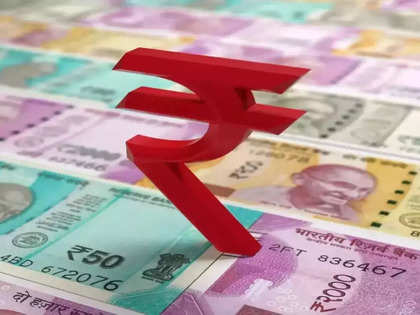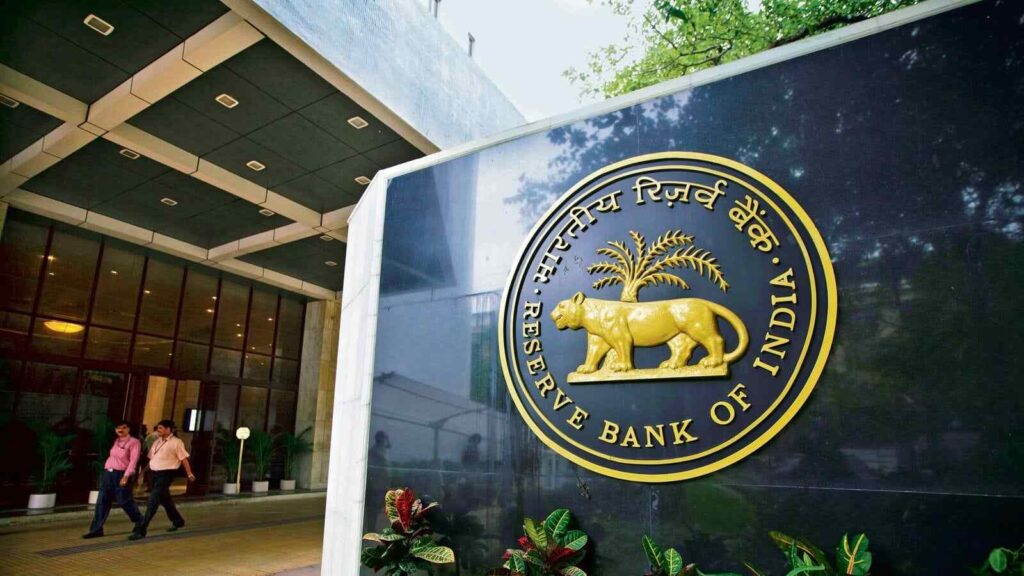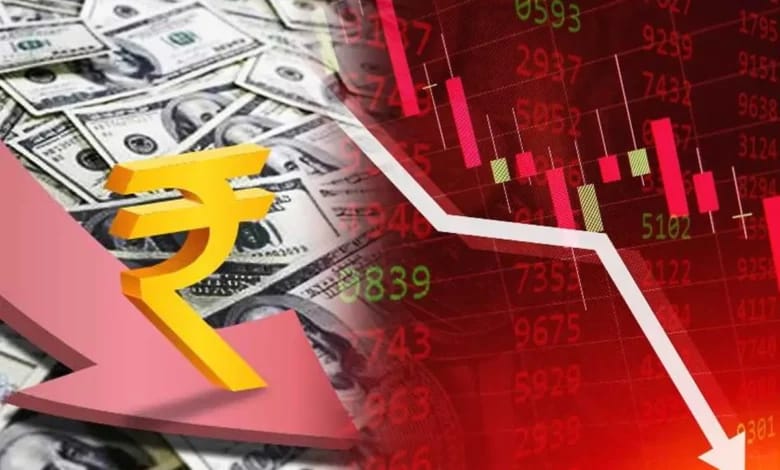According to the news agency, RBI officials called up major banks on Tuesday when there was a danger of the rupee crossing the $ 84 level in the spot market.
The Indian rupee became the worst performing Asian currency over the previous month. The rupee’s poor performance can be attributed to the unwinding of trades where traders had earlier used the Chinese yuan to finance their long positions on the Indian rupee, which increased selling pressure and led to a fall in its value.

To slow depreciation, the RBI has intervened in the spot, futures and non-deliverable forward segments, Reuters said.
On Tuesday, RBI officials asked banks to “consider the size of the current position to risk limits,” a senior treasury official at a large foreign bank told the news agency. This meant that the RBI did not want them to enhance their existing trading positions in rupees, he said.
The RBI is known to use such informal calls to pressure banks to control excessive volatility in the market and lenders generally follow suit, the report said.

The rupee fell to a lifetime low of 83.96 against the US dollar on Tuesday and would have been likely to depreciate more if not for RBI directives and direct intervention.
A currency trader at one bank told Reuters that the central bank would have sold $1.5 billion in the non-deliverable forward (NDF) market before the spot market opened to prevent the rupee from crossing the $84 threshold. An NDF is a type of financial contract used to speculate on the future value of a currency that does not involve the actual delivery of the currency. Whereas in the spot market, commodities are traded for immediate delivery and payment.






